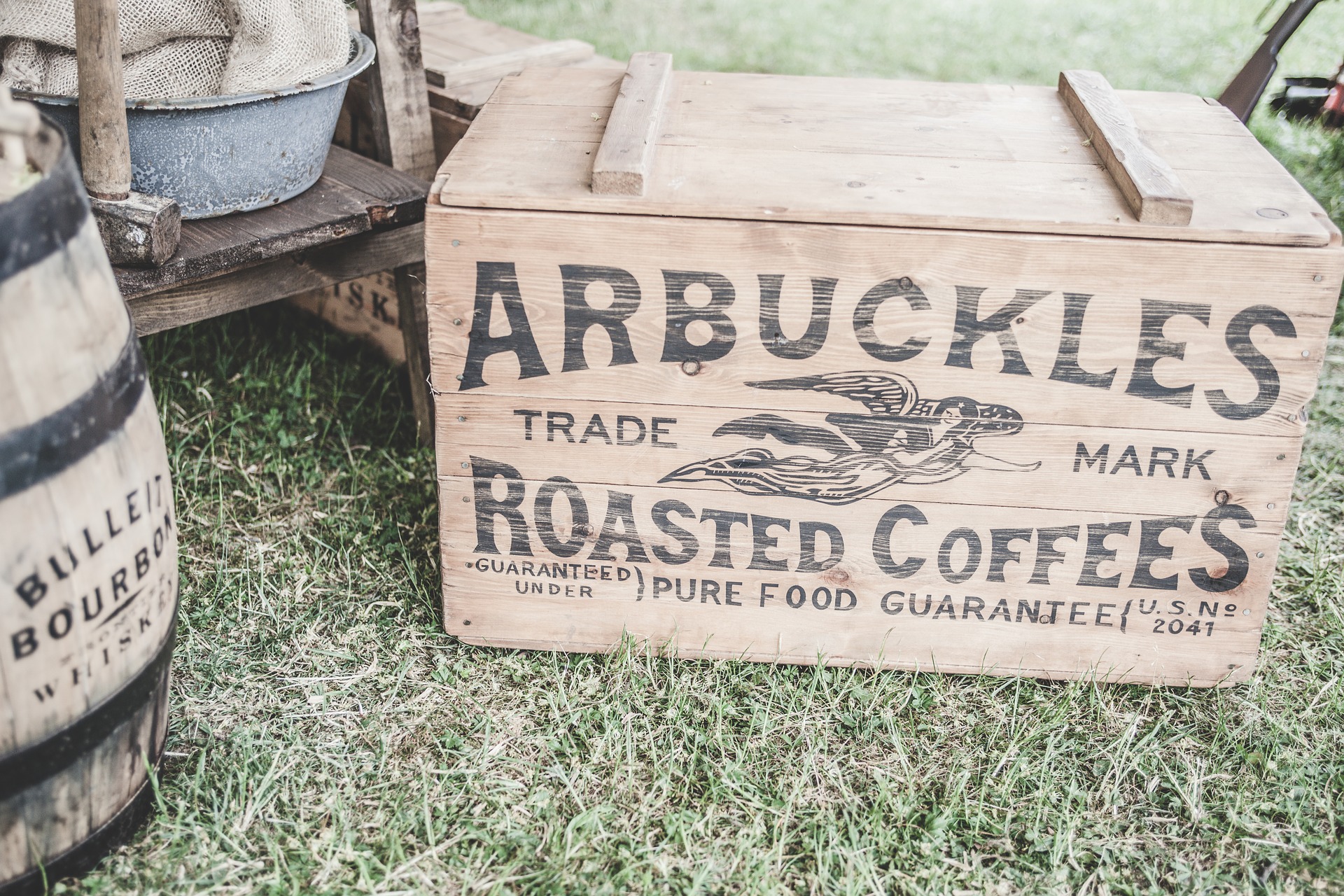There is generally a 3 step process to trademark a name.
- Conduct a Trademark Name Search on the USPTO website
- File an application with the USPTO
- Respond appropriately and timely with the USPTO.
(The USPTO: The United States Patent & Trademark Office)
A bunch of individuals have trademarked their company’s names. You can even trademark certain names or nicknames for people such as “Johnny Football” for Johnny Manziel a former Heisman Quarterback or Blue Ivy, the child of Jay-Z and Beyoncé, two well-known celebrity music personalities. This article will give information regarding trademarking in general and how you can do it for your company.
Trademark Name Limitations
A trademark gives you and you alone the ability to use logos or words to identify your company. Thus, to trademark a particular name, you must use that name in commerce. This means you have to use the name in the course of business dealings. Such as marketing, advertising, business cards, aka hold yourself out as that business. You have to actually to use it routinely. A trademark must also be unique or distinctive to obtain protection. For instance, “Hot Chocolate” could not be the name of a company that sells hot chocolate. That name is generic and would not be protected. However “Hot Chocolate” as a name for a Dive Bar may be protected because it is being used for something unrelated to what it would normally mean. Think of the company Apple for computers and iPhones. Many trademark applications are denied because they create a likelihood of confusion (“LOC”) with another registered trademark or a mark that is also pending registration. A LOC exists when:
- Marks are likewise, AND
- They are in the same category (goods to consumers, services to companies etc)
Each application must state how it is to be used. If a mark that is similar is used for identical services than the USPTO will deny the application because both marks used at the same time are likely to confuse the customer.
Trademark Preliminary Check
This preliminary research will save you time and money when you go to trademark a name. The search results will tell you of any potential conflicts your new mark might have with already existing marks so that you can prevent a likelihood of confusion and denial of your application. If you only plan on staying on one particular state you should also search your state trademark database, some protection under the common law is given to trademarks that have been in a particular area for a long period of time. Within that certain area a trademark that has been there for a long period of time and is associated with a certain good or service in the area will likely have protection and your new mark will not be allowed in that same geographic location.
File an Application
You can apply online using their Trademark Electronic Application System. Your application must have:
- Name and address of the mark’s owner
- Name you want to protect
- Goods or services for which you want to register your name
- Reason your filing: either use in commerce or intent to use
- If your filing is based on use in commerce, a specimen such as a label or package that shows your name in use; if you file on an intent to use basis, you will provide this later.
A typical application can cost anywhere from $200-$400 dollars.
Respond to Office Actions and Oppositions
Each trademark application is given to a USPTO attorney to review. If there are any issues with your application you will receive a letter that will explain the issue and steps you need to fix it before the application is cancelled. Once you complete this and your application is approved by the USPTO it will be published online in the Official Gazette so other people have the chance to oppose your application if they have one that is similar. If this occurs you will need to contact an attorney to assist you in the legal action and debate in front of the USPTO board. After this step, you will receive a Notice of Allowance. This means your mark is approved, but not yet registered. It becomes registered after you file your final specimen (final logo, image etc) with the USPTO. Once you complete this last step you have done it! You have completed all the steps to trademark a name. You can now use a “®” whenever you like next to your company name! You can from here on demand any person or company to stop infringing on your mark or you can sue them for just compensation.






